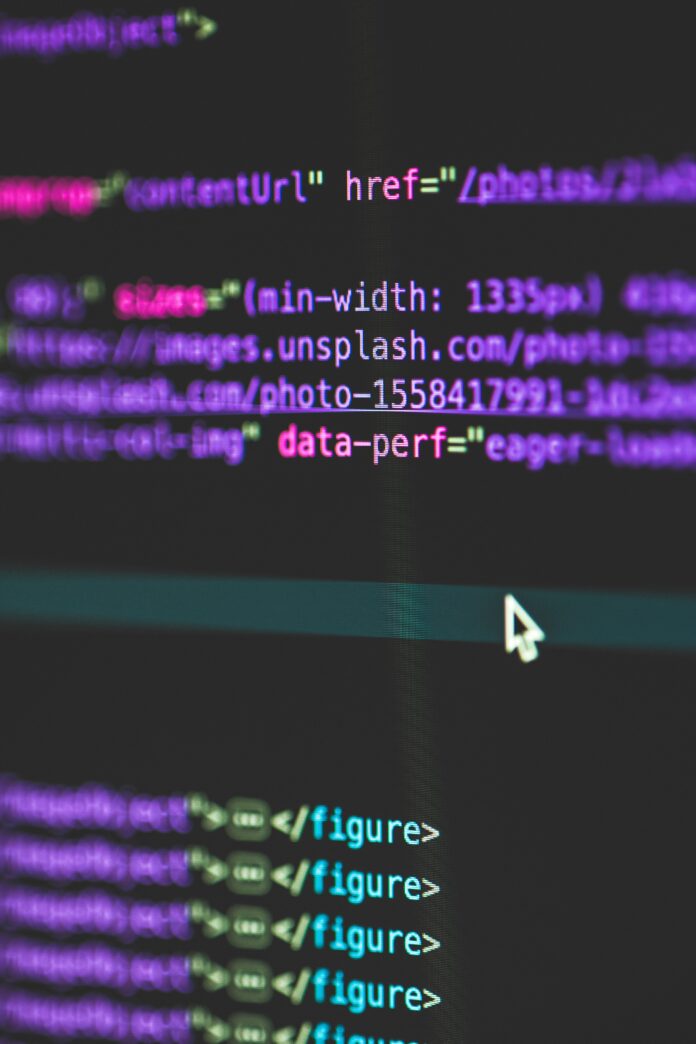Debounce is an important concept in the field of electronics and computer programming. It refers to a technique used to eliminate or reduce the impact of mechanical or electrical noise, specifically when dealing with input signals from buttons or switches. In simple terms, debounce ensures that only one stable and reliable signal is registered despite the presence of transient or false signals caused by mechanical bouncing or electrical interference.
1. Debounce prevents multiple signals: One of the primary purposes of debounce is to eliminate the problem of multiple signals generated by a single input. When a button is pressed or a switch is toggled, it can result in rapid mechanical bouncing, causing the signal to fluctuate between high and low states. Debouncing techniques ensure that only a single clean signal is detected, avoiding false readings.
2. Mechanical and electrical bouncing: Mechanical bouncing occurs when a button or switch makes contact with its electrical counterpart. Due to the nature of physical contacts, slight bouncing can occur before settling into a stable position. Similarly, electrical interference or noise can also cause the signal to fluctuate, resulting in false readings. Debouncing mitigates these issues.
3. Types of debounce techniques: There are various methods to implement debounce, each with its advantages and limitations. The simplest technique involves adding a hardware capacitor or resistor to the circuit to smooth out the signal. Software debounce can also be achieved by using algorithms in the code that track the state changes and apply a delay before considering a stable state.
4. Hardware debounce: Hardware debounce methods involve using additional electronic components in the circuit to reduce or eliminate the effects of bouncing. Common techniques include using capacitors, resistors, and Schmitt triggers. These components introduce delays and filter out the noise, providing a cleaner signal.
5. Software debounce: Software debounce techniques rely on algorithms implemented in the software or firmware of a microcontroller or a digital system. These algorithms track the state changes of the input signal and apply a delay before accepting a new state. This delay ensures that any transient or unstable signal settles before it is recognized as a valid input.
6. Debouncing time considerations: When implementing debounce, it is essential to determine the appropriate debounce time or delay. If the delay is too short, it may not be sufficient to eliminate the bouncing effect, resulting in false readings. On the other hand, an excessively long delay may introduce a noticeable lag in responsiveness. The debounce time should be carefully chosen based on the characteristics of the specific input device.
7. Debounce in software programming: Debounce is not only applicable in hardware circuits but also in software programming, particularly when dealing with input from buttons or switches. In software, debounce can be achieved by monitoring the state changes of the input signal and applying a software delay before considering a stable state change. This technique is commonly used in user interface programming to avoid registering multiple unintended clicks.
8. Importance in user interface design: Debounce plays a vital role in user interface design to ensure smooth and accurate interaction. In applications such as graphical user interfaces (GUIs) and touchscreens, where buttons or touch events are used to trigger actions, debounce helps prevent accidental or multiple clicks due to inherent mechanical bouncing or touch noise.
9. Implications for signal processing: Debounce has implications beyond button inputs. In signal processing applications, where accurate and stable signal detection is critical, debounce techniques are often employed to eliminate false readings caused by noise or interference. It helps improve the reliability and accuracy of the system.
10. Real-world applications: Debounce is extensively used in various real-world applications. Some common examples include consumer electronics like keyboards, game controllers, and remote controls, where buttons are prone to bouncing. Industrial control systems, automotive electronics, and robotics also rely on debounce techniques to ensure accurate input recognition and reliable operation.
Debounce is a crucial concept in electronics and software programming that addresses the issue of mechanical and electrical bouncing in input signals from buttons and switches. By implementing debounce techniques, engineers and developers can ensure that only one stable and reliable signal is registered, effectively eliminating multiple signals caused by bouncing or interference.
Debounce techniques can be implemented using both hardware and software approaches. Hardware debounce methods involve adding additional components to the circuit, such as capacitors, resistors, or Schmitt triggers. These components introduce delays and filtering mechanisms to smooth out the signal and suppress bouncing. On the other hand, software debounce techniques rely on algorithms implemented in the software or firmware of a system. These algorithms track the state changes of the input signal and apply a delay before accepting a new state, effectively eliminating false readings.
Choosing the appropriate debounce time or delay is crucial for effective implementation. The debounce time should be long enough to allow the bouncing effect to settle, ensuring accurate signal detection, but not too long to introduce noticeable lag or delays in responsiveness. The specific characteristics of the input device, including its mechanical properties and expected noise levels, should be considered when determining the debounce time.
Debounce is not limited to hardware circuits and finds significant relevance in software programming as well. In user interface design, debounce techniques are employed to avoid unintended multiple clicks when dealing with button inputs. By implementing software algorithms that track state changes and introduce delays, software debounce ensures that only a single intended click is registered, enhancing user experience and preventing accidental actions.
The importance of debounce extends beyond user interfaces and can be seen in various signal processing applications. In fields such as audio processing, telecommunications, and data acquisition systems, where accurate and stable signal detection is crucial, debounce techniques help eliminate false readings caused by noise and interference. By implementing debounce, engineers can improve the reliability and accuracy of these systems, ensuring precise data analysis and decision-making.
Debounce is widely applied in everyday devices and systems. In consumer electronics, devices like keyboards, game controllers, and remote controls utilize debounce techniques to ensure accurate input recognition and prevent multiple unintended actions. Industrial control systems, automotive electronics, and robotics also heavily rely on debounce to achieve reliable operation and precise control.
In summary, debounce is a fundamental concept in electronics and software programming that addresses the issue of bouncing or unstable signals in button and switch inputs. By implementing debounce techniques, engineers and developers can ensure reliable and accurate signal detection, enhancing the performance and user experience of various devices and systems. Whether in hardware circuits or software algorithms, debounce plays a crucial role in eliminating false readings and improving the overall reliability of electronic systems.














